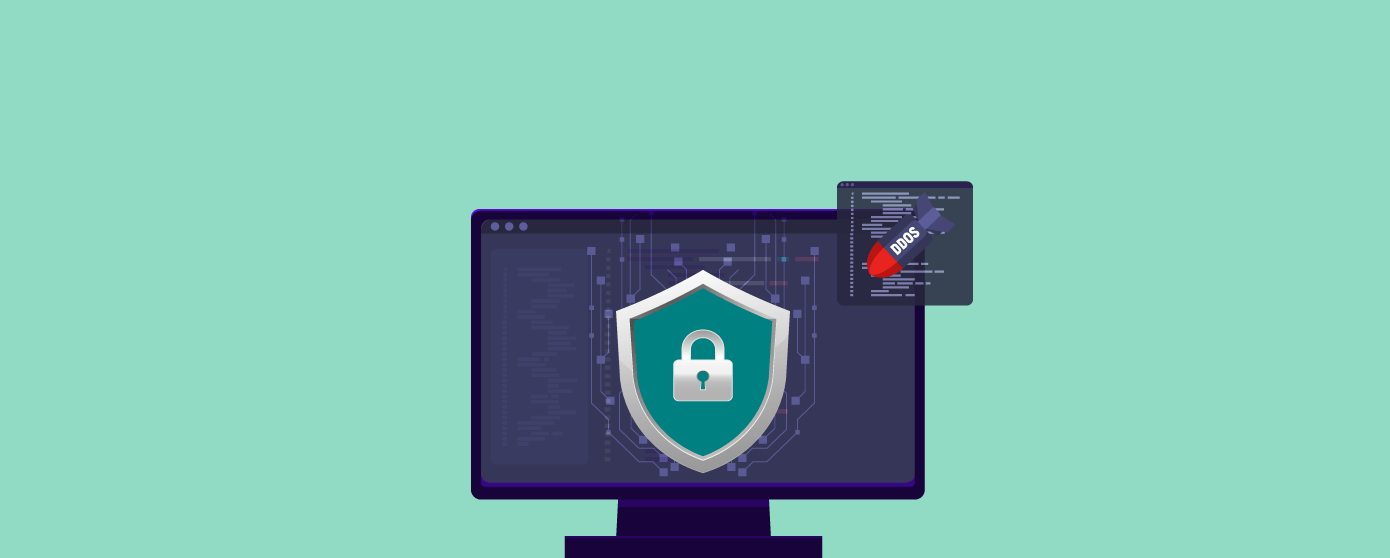Why SaaS Enterprises Must Prioritise DDoS Protection in 2025

In today’s digital-first world, the pace of innovation in software-as-a-service (SaaS) continues to accelerate. Enterprises rely on cloud-native solutions to drive productivity, support hybrid workforces, and deliver services globally. But as reliance on connected platforms grows, so does the threat surface.
Among the most pressing challenges is the persistent rise of Distributed Denial of Service (DDoS) attacks, relentless attempts to overwhelm a company’s infrastructure, degrade service availability, and cause real business harm. For SaaS enterprises, the stakes are especially high. When your service is your product, even a few minutes of downtime can damage reputation, lose customers, and impact revenue.
Why Every SaaS Provider Needs a DDoS Protection Company
The complexity and scale of modern DDoS attacks demand more than traditional firewalls and rate-limiting tools. Today’s threats are automated, highly distributed, and often blended with other attack vectors. They target not just networks, but application layers and APIs, making them harder to detect and mitigate with legacy defences.
Engaging a trusted DDoS protection company is essential. These firms provide real-time traffic analysis, automated threat mitigation, and proactive defence mechanisms that allow SaaS platforms to stay online even during sustained attacks. With inline protection built for high-throughput environments, they defend against volumetric floods, protocol anomalies, and sophisticated application-layer threats.
More importantly, their services are scalable, meaning growing SaaS firms can secure their infrastructure without compromising performance or agility.
The Changing Nature of DDoS Attacks
The cyber threat landscape has evolved dramatically over the past decade. Once the domain of amateur hackers or disgruntled gamers, DDoS attacks are now widely used as tools for extortion, distraction, or competitive sabotage.
According to Cloudflare’s 2024 DDoS threat report, HTTP DDoS attacks increased by 65% year over year, with SaaS platforms among the most commonly targeted. These attacks are frequently launched using botnets, networks of hijacked devices that flood services with fake traffic.
SaaS companies are attractive targets because:
- Their service must remain online to generate revenue.
- Many handle sensitive user data, making them dual targets for DDoS and data breaches.
- Downtime causes instant, visible disruption that pressures companies to pay ransoms or suffer reputational damage.
Understanding the Real-World Costs
DDoS attacks aren’t just a technical nuisance. The financial and operational impact can be devastating. A 2023 study from IBM found the average cost of a data breach or service disruption caused by DDoS exceeded £3 million, including lost business, response expenses, and regulatory fines.
For SaaS firms, consequences include:
- Customer churn due to unreliable access.
- Service-level agreement (SLA) violations, resulting in penalties.
- Erosion of trust that affects brand equity.
- Delayed product updates and internal disruption.
Startups and scale-ups are particularly vulnerable, as they may lack the in-house resources to respond swiftly and effectively.
What to Look For in a DDoS Defence Solution
Selecting the right protection is more than a checkbox exercise. For SaaS businesses operating in competitive sectors like fintech, edtech or legal tech, it is a strategic priority.
Key capabilities to look for in a modern DDoS mitigation provider include:
- Always-on protection that filters traffic in real time without affecting legitimate users.
- Layer 7 application attack detection to protect APIs and login portals.
- Scalable infrastructure that supports traffic spikes without loss of performance.
- Visibility tools such as dashboards and alerts to monitor incidents.
A reputable provider will also offer 24/7 threat intelligence and continuous tuning of rules to adapt to emerging attack patterns.
Integrating DDoS Protection into the SaaS Stack
Protecting your infrastructure starts with building security into the architecture. This includes:
- Redundancy and failover systems to avoid single points of failure.
- Content delivery networks (CDNs) that absorb and reroute traffic at the edge.
- API security layers to prevent misuse by bots or automated scripts.
- Real-time monitoring through logs and analytics to detect early signs of attack.
When combined with a dedicated DDoS mitigation service, these measures allow SaaS businesses to maintain high availability and performance, two essentials in customer experience.
Regulatory and Compliance Implications
SaaS companies often handle data governed by privacy regulations such as GDPR, HIPAA, or PCI-DSS. A prolonged service outage not only affects users but can result in non-compliance, especially if security logs are lost or backups fail during an attack.
Furthermore, regulators increasingly expect enterprises to implement “appropriate technical and organisational measures” to protect data. Failing to invest in DDoS mitigation can be interpreted as negligence, particularly when incidents lead to secondary breaches or unauthorised data access.
Having a clear DDoS incident response plan and being able to demonstrate partnership with a specialist provider goes a long way toward proving due diligence.
A Competitive Advantage in a Crowded Market
While cybersecurity is often framed as a cost centre, it can also be a differentiator. SaaS buyers are becoming more discerning. Procurement teams routinely request uptime guarantees, compliance audit results, and security certifications.
Being able to demonstrate resilience through partnerships with industry-leading defence firms positions your business as a secure and reliable provider. In sectors like healthcare, government, and financial services, this can mean the difference between winning or losing a major contract.
Security can and should be built into the marketing narrative, not just something buried in the fine print.
The Future of SaaS Security
Looking ahead, attacks will continue to evolve. As machine learning and AI are increasingly used to detect threats, bad actors are also using these tools to automate and adapt their attacks in real time.
DDoS protection must therefore be dynamic, adaptive, and cloud-native. Static firewall rules and on-prem hardware simply cannot keep up with attackers who pivot faster than legacy tools can respond.
Forward-thinking SaaS firms are investing in integrated security ecosystems, where protection is continuous, visibility is complete, and threats are stopped before customers notice.
Final Thoughts
In a market where performance, security, and trust are closely intertwined, investing in the right DDoS protection partner is not a luxury. It is an operational necessity. For SaaS companies, every second counts. Choosing a reputable DDoS protection company ensures those seconds are spent delighting customers, not battling outages.
As attack techniques evolve and the digital economy becomes even more reliant on cloud platforms, your ability to stay secure will define your capacity to scale, compete and succeed.



